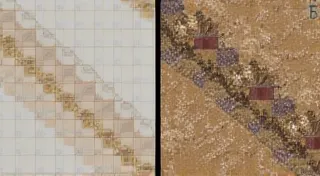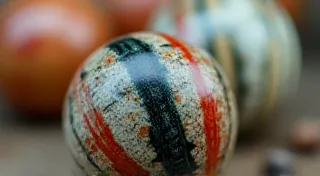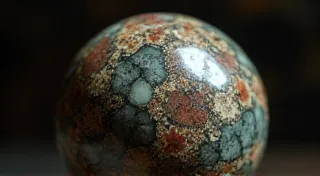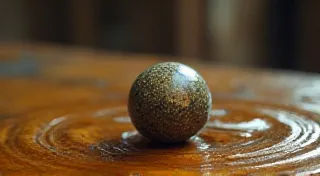The History of Marbles: From Ancient Stones to Glass Wonders
The humble marble, a small sphere beloved by children for generations, boasts a surprisingly rich and fascinating history. Far more than just a simple toy, the evolution of marbles mirrors aspects of human ingenuity, trade, and cultural shifts across millennia. Join us on a journey through time as we trace the fascinating progression of marbles, from their ancient origins as simple stones to the intricate glass creations treasured by collectors today.
Ancient Beginnings: Stones as Playthings
The story begins long before glassblowing was even conceivable. Evidence suggests that children have been playing with spherical objects for thousands of years. Archeological finds across the globe – from ancient Egypt to Roman ruins – reveal smoothed stones used for games resembling modern marble play. These weren't manufactured; they were naturally rounded stones, carefully selected and used for recreational purposes. These early "marbles" likely served as a simple, accessible form of entertainment in a time when toys were scarce and often handcrafted. It's difficult to pinpoint the *exact* origin or the moment the concept of playing games with rounded stones began, but the ubiquity of such finds speaks volumes about the enduring appeal of this simple pastime.
The games themselves would have been basic. Likely involving rolling, aiming, and competition – the fundamental elements of marble play that remain consistent even today. The value wasn’t in the *material* but in the skill and social interaction the game provided.
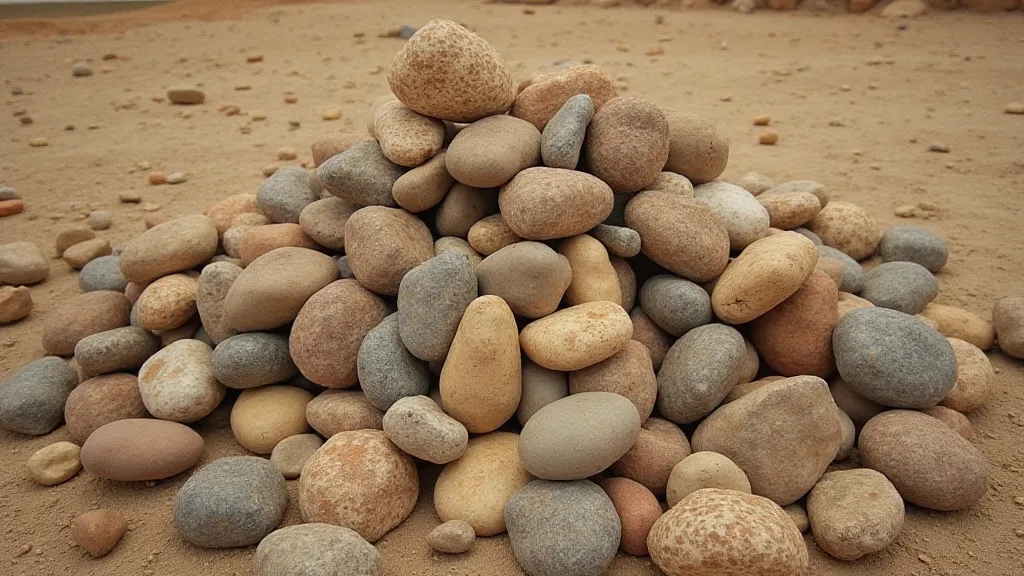
The Rise of Clay and Pottery Marbles
As civilizations advanced, so too did the materials used to craft playthings. Around 2000 BC, the Mesopotamians began producing marbles from baked clay. These were more uniform in size and shape than the natural stones, indicating a deliberate effort to create standardized play objects. Similar clay marbles have been discovered in ancient Greece and Rome. The process was relatively simple: clay was formed into spheres, dried, and then fired in a kiln. The resulting marbles, though not particularly durable, represented a significant step forward in marble-making technology.
Pottery shards were also sometimes repurposed into marbles. Fragments of broken pottery could be ground down and shaped, providing a readily available resource for creating spherical playthings. This illustrates the resourceful nature of ancient cultures and their ability to find amusement even in broken or discarded materials.
The Dawn of Glass Marbles
The true revolution in marble history arrived with the development of glassblowing. While glass had been produced in various forms for centuries, the ability to blow molten glass into spheres opened up a whole new world of possibilities for marble-making. The earliest glass marbles appeared in Europe during the 10th century, coinciding with the rise of glassblowing workshops. These early glass marbles were typically a simple green or brown, produced by swirling molten glass around a metal rod and then quickly shaping it. They were a luxury item, accessible only to the wealthier segments of society. The process was labor-intensive, and the glass often contained impurities, resulting in a cloudy or streaky appearance.
18th and 19th Century Marbles: Mass Production and Variety
The 18th and 19th centuries witnessed a significant increase in marble production, driven by advancements in glassmaking technology and the burgeoning toy industry. The Industrial Revolution brought with it mechanized processes that made glass production faster and more efficient. Mass production made marbles more accessible to a wider range of children, cementing their place as a staple childhood pastime. This era saw a diversification of colors and designs. Clear glass marbles became more common, allowing the introduction of interior patterns achieved through layering different colored glass or incorporating metallic flecks. Early colorants were often derived from natural minerals, resulting in a limited but distinctive palette. Sulphur created yellows, cobalt produced blues, and copper imparted browns and greens.
The development of “agate” marbles, named after the banded chalcedony gemstone, was a particularly noteworthy advancement. These marbles were created by layering different colors of glass, which, when cut in half, revealed striking bands of color. Agate marbles remain highly prized by collectors today.
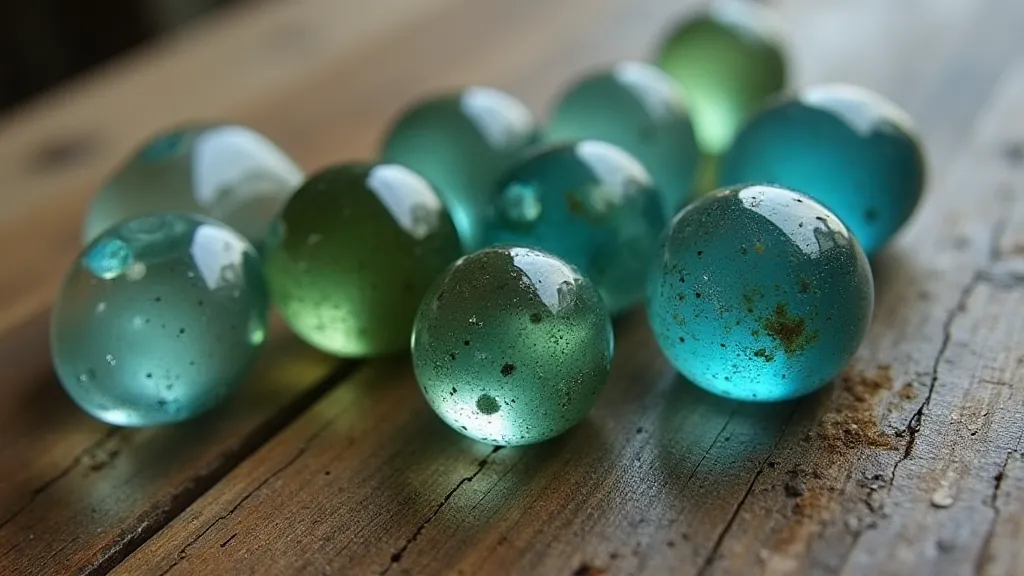
The 20th Century: Modern Marbles and Collector's Items
The 20th century saw a period of rapid innovation in marble manufacturing. Machine-made marbles became the norm, allowing for mass production of perfectly round, uniform spheres in a vast array of colors and designs. New coloring techniques were developed, including the use of chemical dyes and the introduction of opaque and translucent glasses. The advent of printing techniques allowed for the incorporation of images and patterns onto the surface of marbles, creating intricate and visually appealing designs.
This era also saw the emergence of serious marble collecting as a hobby. Collectors sought out rare and unusual varieties, focusing on those with unique colors, patterns, or manufacturing flaws. Companies like Akro Agate, Vitro, and Christensen became synonymous with high-quality marbles and remain highly sought after by collectors. The production of swirl marbles, where colored glass was vigorously mixed before cooling, became an artistic endeavor, resulting in unique and captivating patterns. "Eye" marbles, featuring a central dot or eye-like design, also gained popularity.
Marbles Today: A Timeless Treasure
Today, the world of vintage marbles continues to thrive. Collectors meticulously preserve and trade these small pieces of history, appreciating their beauty, craftsmanship, and the stories they represent. New generations of children continue to enjoy the simple pleasure of playing marbles, ensuring that this timeless pastime endures. From humble stones to intricate glass creations, the history of marbles is a testament to human ingenuity, cultural evolution, and the enduring power of play.
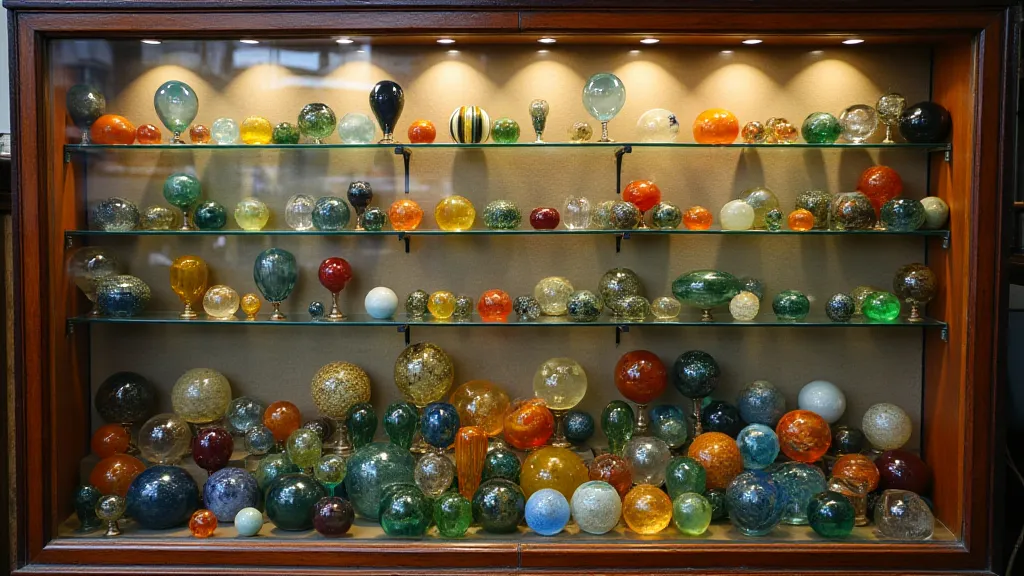
Resources for Marble Collecting
For those intrigued by the world of vintage marbles, numerous resources are available for further exploration. Online forums, collector’s clubs, and specialized publications offer a wealth of information on identification, grading, and historical context. The journey into marble collecting is a rewarding one, connecting us to a rich and fascinating past through these small, beautiful spheres.

